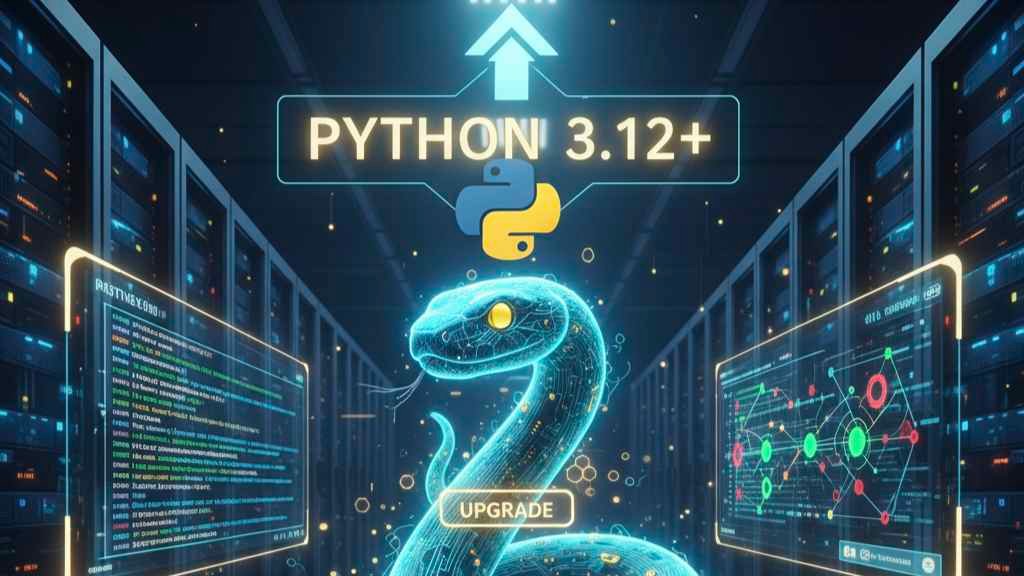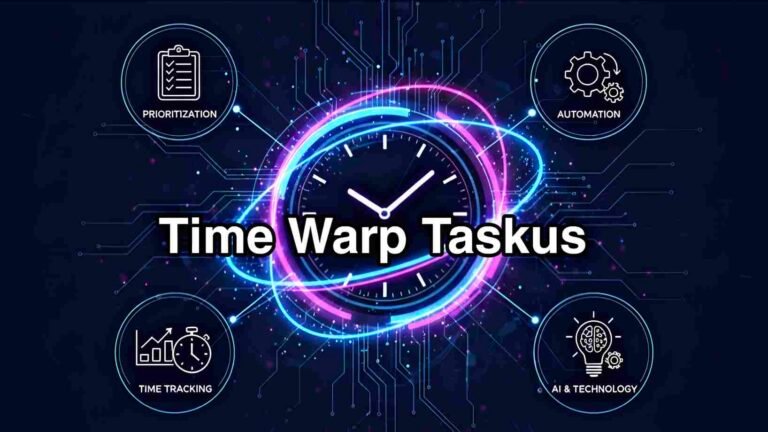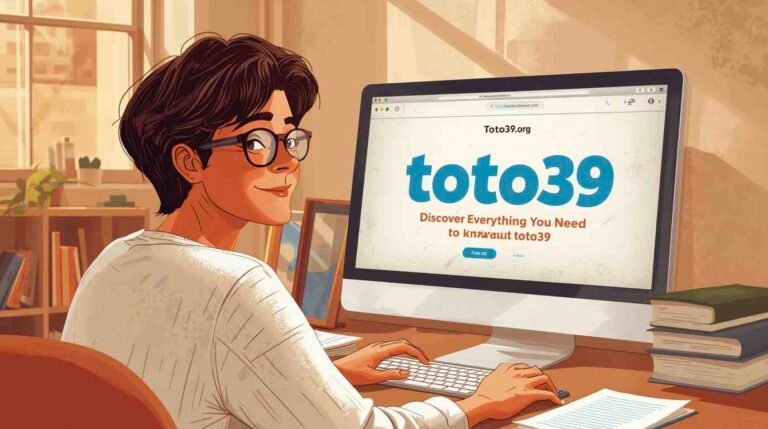How to Upgrade Oxzep7 Python Environment Without Breaking Your Project
Upgrading Python in an existing project can feel like walking a tightrope. It’s especially true when managing complex dependencies like in the Oxzep7 environment. In this guide, we’ll walk you through how to upgrade oxzep7 python safely and efficiently, ensuring compatibility and performance across the board.
Whether you’re dealing with dependency issues, deprecated modules, or just want to use the latest Python features, this guide is designed to help developers upgrade with confidence.
Why Upgrade the Oxzep7 Python Environment?
Upgrading the Python version used in a project like Oxzep7 is about more than just staying current. Here are a few key reasons why this upgrade might be essential:
- Security patches and bug fixes: Older versions of Python may contain known vulnerabilities that could be exploited.
- Performance improvements: Newer versions offer faster execution and improved memory handling.
- Access to modern libraries: Many packages are dropping support for older Python versions.
- Better developer experience: Features like pattern matching (introduced in Python 3.10) streamline coding and reduce errors.
If you’re noticing that certain libraries no longer support your current version or you want to leverage Python’s latest capabilities, now might be the perfect time to upgrade oxzep7 python.
Check Your Current Environment Before Upgrading
Before diving into the upgrade process, it’s essential to understand what your current Oxzep7 environment looks like. This means:
- Identifying the current Python version
- Listing all installed packages and their versions
- Understanding any custom or compiled modules
You can use commands like:
python –version
pip freeze > requirements.txt
This will give you a snapshot of your current environment. Documenting these details makes it easier to troubleshoot any issues post-upgrade.
Audit Dependencies for Compatibility
Upgrading Python may break some packages. Use tools like pipdeptree, pip-check, or tox to simulate the upgrade and flag incompatible libraries. Be especially mindful of dependencies that use native extensions, as these often need recompilation after upgrading.
How to Safely Upgrade Oxzep7 Python
Now that you have your environment mapped out, here’s a step-by-step approach to upgrade oxzep7 python without disrupting the project:
- Create a Backup: Always make a full backup of your Oxzep7 codebase and environment.
Set Up a Virtual Environment:
python3.12 -m venv oxzep7_env
source oxzep7_env/bin/activate
- This isolates your upgraded Python environment, preventing conflicts.
Reinstall Dependencies:
pip install -r requirements.txt
- After upgrading Python, reinstall your dependencies one by one to ensure compatibility.
- Run Unit Tests: If your Oxzep7 project includes automated tests, run them. Fix broken ones immediately.
- Gradual Rollout: If deploying in production, test on staging environments first.
Handling Errors and Compatibility Issues
It’s common to face ImportError, ModuleNotFoundError, or syntax warnings after an upgrade. Check if:
- The library version is compatible with the new Python version
- There’s an alternative or forked package
- You need to refactor deprecated syntax
Use the Python changelog and community forums to find quick resolutions.
Common Pitfalls to Avoid During the Upgrade
Even experienced developers can fall into traps while upgrading. Here are some to watch for:
- Skipping version steps: Jumping from Python 3.6 to 3.12 can cause more issues than upgrading incrementally.
- Forgetting to update shebang lines: Scripts may still point to an old Python version.
- Mixing old and new virtual environments: This leads to conflicts and broken modules.
- Not pinning package versions: Always define exact versions in your requirements.txt to avoid mismatches.
Tools to Make the Upgrade Easier
Several tools can streamline your efforts to upgrade oxzep7 python. Consider using:
- pyenv: Manages multiple Python versions on your machine.
- Poetry: Handles dependency management and packaging cleanly.
- Docker: Allows for containerized environments with precise Python versions.
- pip-tools: Helps with managing and compiling clean requirements.txt files.
These tools can help automate testing, version management, and dependency resolution—especially helpful in large-scale projects like Oxzep7.
FAQ: Python Upgrade for Oxzep7
Q1: Can I upgrade the Oxzep7 Python version without affecting existing dependencies?
A: Yes, using a virtual environment and carefully managing your requirements file helps maintain dependency integrity.
Q2: What Python version is best for Oxzep7 in 2025?
A: Python 3.12 offers the latest features and performance benefits, but verify that your dependencies support it.
Q3: Will upgrading Python break my project?
A: Not if you follow a structured upgrade process and use testing and backups.
Q4: Should I delete the old Python version after upgrading?
A: It’s recommended to keep the older version until you’re sure the new one is stable in your environment.
Q5: Is Docker a good choice for managing Oxzep7 Python upgrades?
A: Yes, Docker ensures environment consistency and is especially useful for collaborative teams.
Conclusion About upgrade oxzep7 python
Learning how to upgrade oxzep7 python can save you time, reduce bugs, and open the door to new features and tools. It’s not just about staying current—it’s about maintaining a healthy development workflow. By auditing dependencies, isolating your environment, and testing thoroughly, you can ensure that your upgrade goes smoothly. Don’t rush the process; take it step-by-step, and your Oxzep7 project will be more secure, modern, and maintainable.
Whether you’re maintaining legacy code or building something new, a clean and updated Python environment is the foundation for success. Upgrade smart, and code on..






